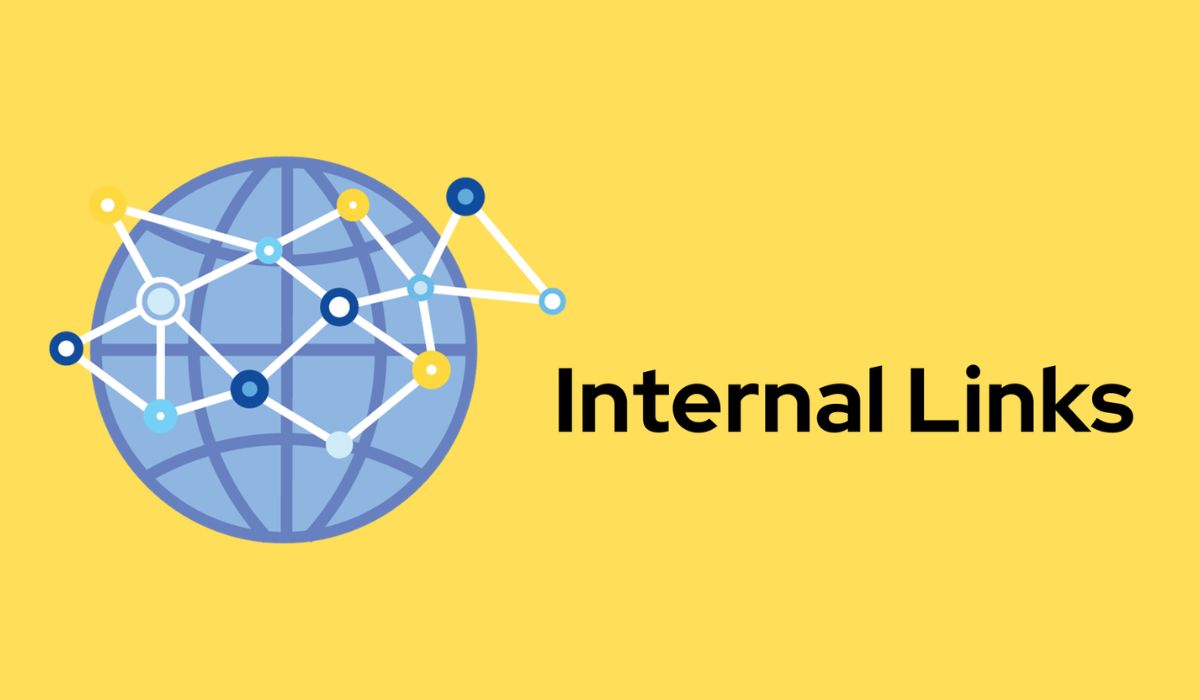Internal linking sounds boring. It’s not trendy. It’s not glamorous. And it doesn’t come with instant dopamine like publishing a shiny new blog post or launching a flashy landing page. But if you’re managing a large website and you don’t have a solid internal linking setup?
You’re basically building a mansion without hallways. Nobody can find the rooms. Not Google. Not your users. Not even you.
So here’s the real talk on internal links SEO: what it is, how it works when your site’s huge, and how to actually stay on top of it without losing your mind.
First, What the Heck Is Internal Linking?
Internal linking = links that point from one page on your site to another page on your site.
That’s it. It’s not rocket science.
But on a big website — say, hundreds or thousands of pages — internal links SEO isn’t just “throw a few blog links in here and there.” It becomes site structure, SEO fuel, and user experience insurance all in one.
Why Should You Even Care?
If you’ve ever thought, “Eh, Google will figure it out,” — bad news. Google won’t figure it out if your internal linking is a mess.
Here’s why internal links SEO matter for big websites:
1. They Help Google Crawl Your Site
Search engines need links to discover and index pages. No links = no crawling. It’s that simple.
2. They Pass Authority Between Pages
If you’ve got one page that ranks well, you can use it to help other pages rank by linking smartly. It’s called link equity. Use it wisely.
3. They Keep People From Bouncing
If your internal links are useful, people stick around longer. And the longer they stay, the more likely they are to click, buy, subscribe, or whatever your goal is.
What It Looks Like on a Big, Messy Site
When you’ve got 10 pages, you can manually link stuff. Easy.
When you’ve got 2,000 blog posts, 150 product pages, a knowledge base, and God knows what else? You need a plan. And probably coffee.
Here’s how internal links SEO actually works when your site’s huge:
1. Structure Comes First — Not Later
Think of your site like a pyramid:
- Top = homepage
- Middle = category or pillar pages
- Bottom = individual content
Your internal links should reflect that. Pillar pages link down to blog posts, blog posts link back up, and everything links sideways when it makes sense.
If your site is just a bunch of random content floating around with no real connection? That’s not structure. That’s chaos.
2. Contextual Links > Footer Link Dumps
People (and bots) care way more about internal links SEO inside the actual content than random footer lists.
- Link to related blog posts from within other posts.
- Link to product pages where they make sense — not just because you want to push sales.
- Use relevant anchor text. Please, no more “click here.”
Example:
Check out our guide to SEO site structure (RIGHT)
Click here for more information (WRONG)
3. Automation Tools Are Your Friend (But Not a Crutch)
No one’s manually keeping track of thousands of links. That’s a one-way ticket to burnout.
Use tools like:
- Screaming Frog – to crawl your site and find orphan pages (the ones with zero internal links)
- Ahrefs / Semrush – to see which pages have few links and which are overloaded
- Link Whisper – if you’re on WordPress and want a shortcut for blog linking
Use automation to catch problems. But use your brain to make links useful. That’s the difference between “SEO filler” and real UX.
4. Don’t Let Pages Rot in the Dark
Orphan pages = bad. If a page isn’t linked to from anywhere, Google can’t find it. Users won’t either. You might as well unpublish it.
Your goal: no page should be more than 3 clicks from the homepage.
Every time you create new content, ask yourself:
Where should I link this from?
What should this link to?
If your answer is “I’ll figure it out later,” spoiler: you won’t.
5. Revisit Old Content. It’s a Goldmine.
Internal links SEO isn’t a one-and-done thing. You’ve got old content that could (and should) be linking to newer stuff — but nobody’s gone back to update it.
Set a recurring task (monthly, quarterly, whatever) to go back and:
- Add internal links to new content
- Clean up broken links or irrelevant stuff
- Optimize anchor text
It’s not sexy work, but it makes a huge difference.
Final Thoughts
Look, internal links SEO isn’t exciting — but it’s one of the highest-impact, lowest-cost things you can do for SEO and usability, especially on a big site.
The secret? Treat it like part of your publishing process, not an afterthought. Use tools to help, but don’t go fully robotic. Keep your structure clean. Link with purpose. And revisit often.
You don’t need to be perfect — just consistent
As a leading
digital marketing company in Kolkata, we help businesses clean up their site structure and boost visibility. Check out our website for more information.
Contact our experts now.
Also Read:
What are the Google ranking factors for 2025? 